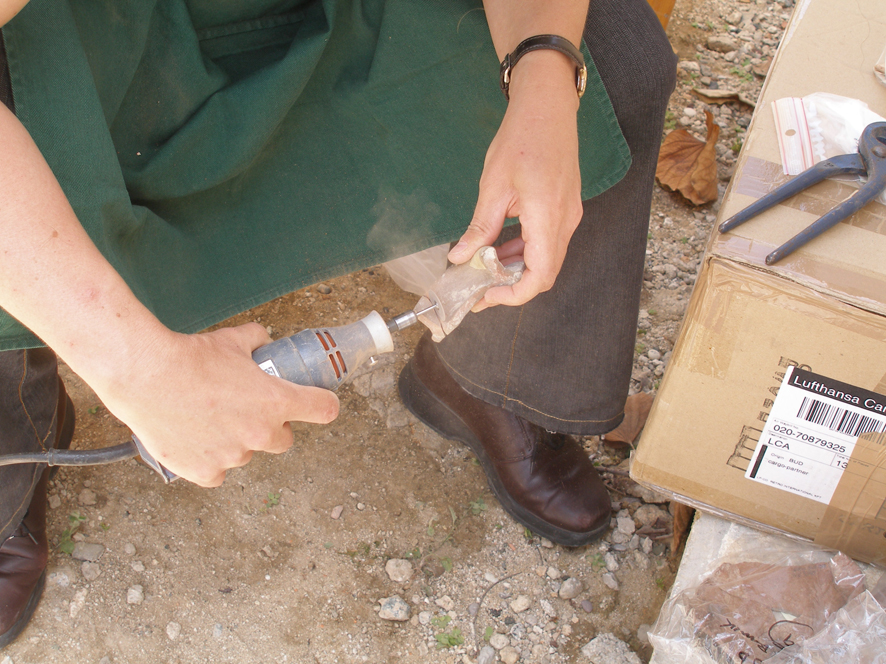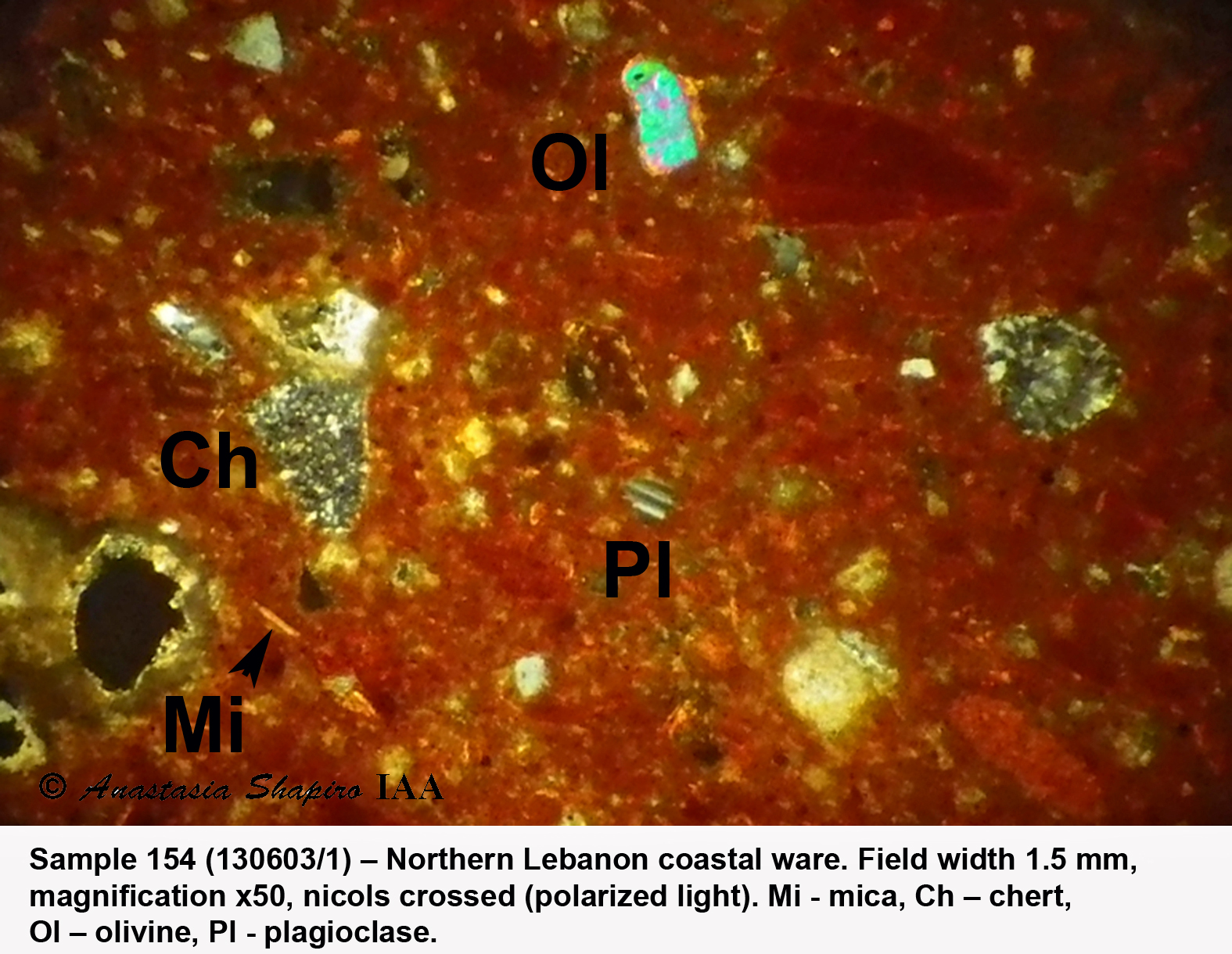ARCHAEOLOGICAL CERAMICS
Ceramics are considered for their provenance, technology and use.
The first two issues are adressed by elemental and petrographic analyses. They provide information about the characteristics of the clays, slips and glazes, and about the local or imported status of the wares. In the latter case, origins may be identified provided that appropriate comparative data are available.
In the framework of the POMEDOR project, special attention is payed to evolutions in the local repertoires: depending on the category of wares considered, the adaptation or introduction of new forms, materials and techniques may reflect changing fashions in dining habits (table wares), or show the introduction of new cooking uses and recipes (cooking wares). The origin of ceramics containers (amphorae) are indicative of products in use.
Elemental analysis (also named "chemical analysis") of ceramic bodies is carried out by Wavelength-Dispersive X-Ray Fluorescence (WD-XRF) at the "Laboratoire de Céramologie" in Lyon (France). Twenty-four elements are determined, including all major and minor elements in ceramics and a large range of trace elements having different geochemical behaviour. With the help of multivariate statistical analysis, samples are classified into groups having similar chemical compositions. Clusters are then interpreted in terms of productions and workshops. Comparative data on identified workshops are used to attribute samples to their origin.
The database of Lyon's laboratory gathers more than 46.000 samples. Among them, a few thousands concern ceramic wares of the medieval Eastern Mediterranean, making it the largest chemical database devoted to this area and period. It includes representative groups for most of the identified workshops, as well as for several important, as yet unlocated, productions of the medieval Mediterranean trade.

Photo: sampling for chemical analysis, sherd belonging to Paphos/ Fabrika production.
Analyses carried out in the laboratory, on homogeneized samples and in reproducible conditions, are still the best way to guarantee reliable results.
photo © C. Brun
Fabric descriptions and petrographic analyses of the pottery assemblages are carried out at the Israel Antiquities Authority Petrographic Laboratory according to the following routine.
Freshly broken sections of all the vessels (sherds) selected for the petrographic examination are inspected with the aid of a magnifying glass (at magnifications up to X10), or with the aid of the binocular microscope (at magnifications x20-x40). As a result, they are broadly grouped according to their fabrics visual affinities.
Petrographic thin sections are then prepared and examined in the IAA Petrographic Laboratory, using a Nikon polarizing microscope (at magnifications x20-x200).
The following parameters are examined: optical properties of the matrix; composition and approximate amount of silt-size material; mineralogy of the sand size non-plastic grains (temper), including their volume in the sherd, size, shape and sorting. Firing temperatures are estimated according to the mineralogical changes.
The observed petrographic data are usually compared to the geological and pedological settings of the excavated site and its vicinity, and then to the more distant regions, in order to suggest a possible provenance for the examined pottery collection.

Picture under the polarizing microscope
Example of Northern Lebanese Frankish amphoras, from the Levantine database project
photo © A. Shapiro, Israel Antiquities Authority
Organic residues analyses are applied to ceramic vessels to understand their content and therefore their use. In particular cooking pots and amphorae are studied to look for data on food trade and consumption at different sites in the Mediterranean area.
These analyses are based on the idea that food residues are trapped in the pores of the ceramic body and can be identified through the application of appropriate extraction methods and analytical techniques. For this project, spot tests and gas-chromatography-mass spectrometry are used.


